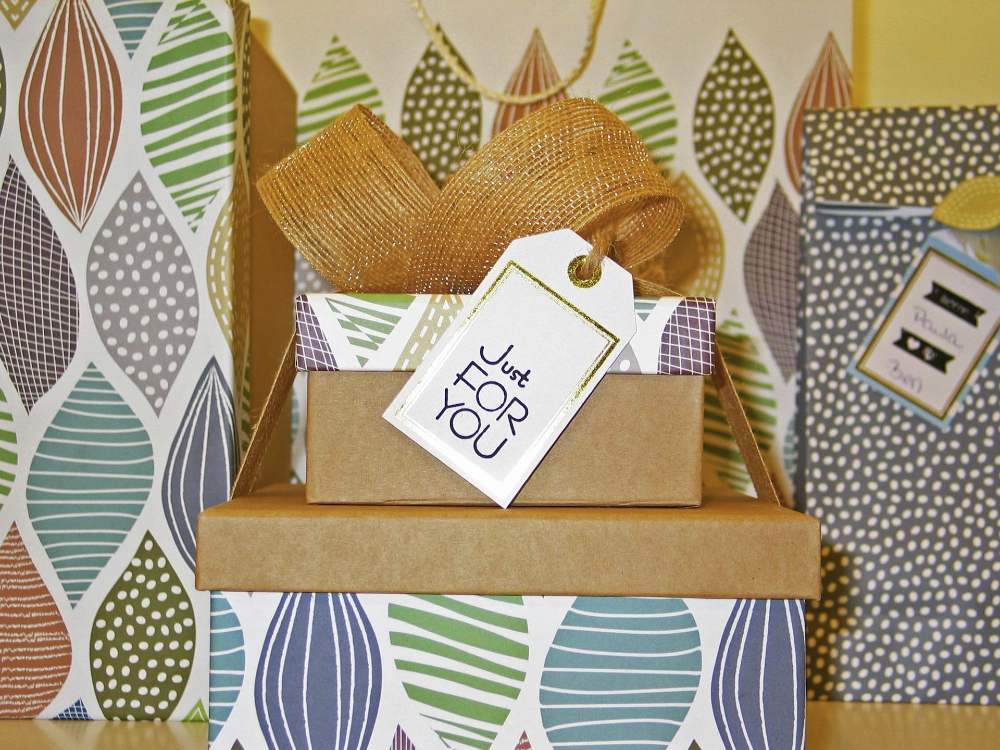Choosing the right packaging for your product is critical to its success in the marketplace. Packaging serves multiple purposes beyond simply containing your product; it protects, preserves, and promotes the item, all while providing essential information to consumers.
In today’s competitive market, where first impressions matter greatly, packaging can significantly influence consumer purchasing decisions. Understanding the key factors to consider when selecting the most appropriate packaging will ensure your product not only stands out but also meets functional and regulatory requirements.
Material Selection: Balancing Cost and Functionality
When it comes to packaging, the material you choose is foundational. Different products require different levels of protection, and the material plays a crucial role in ensuring your product reaches the consumer in perfect condition.
For instance, food products often need packaging that is not only durable but also capable of maintaining freshness. In this case, materials like plastic, aluminum, or glass may be preferred due to their ability to seal in flavor and prevent contamination.
Food products can also benefit from Melinex sheets, which can easily be procured form a leading Melinex sheet supplier. These sheets can be great for maintaining freshness, reducing contamination, and helping to extend the product’s shelf life.
However, functionality is not the only consideration; cost also plays a significant role. High-quality materials can be expensive, which might increase the overall cost of the product, potentially making it less competitive in price-sensitive markets. Therefore, finding a balance between cost and functionality is essential.
Companies must evaluate the strength, durability, and protective qualities of the material against its price point to make an informed decision. Additionally, the environmental impact of the packaging material is increasingly becoming a consideration, as consumers and regulations push for more sustainable options.
Design and Branding: Creating a Visual Impact
The design of your packaging is a key element that can either attract or deter potential buyers. In a retail environment where consumers are often faced with a myriad of choices, your packaging must capture their attention within seconds.
This is where design and branding come into play. The colors, fonts, images, and overall layout of the packaging should not only be visually appealing but also communicate the brand’s message effectively.
Consistency in design across all products helps to build brand recognition, making it easier for consumers to identify your products on the shelf. However, it is not just about aesthetics; the design must also be functional.
This means considering how the packaging will be displayed, whether it is easy to stack, and how it feels in the consumer’s hand. Ergonomic design can enhance the user experience, making it more likely that consumers will choose your product over a competitor’s.
Durability and Protection: Ensuring Product Integrity
One of the primary functions of packaging is to protect the product during transportation, storage, and handling. The durability of the packaging is therefore a critical factor to consider. It must be strong enough to withstand the rigors of shipping and handling, ensuring that the product arrives in perfect condition.
This is especially important for fragile or perishable items, where even the slightest damage can render the product unsellable. Different products require different levels of protection.
For example, electronics may need cushioning materials like foam or bubble wrap to prevent damage from impact, while liquids might require leak-proof seals. It is also essential to consider external factors such as temperature, humidity, and light, which could affect the product’s quality.
Additionally, the packaging should be tamper-evident, especially for food, pharmaceuticals, and other sensitive products. Features like seals, shrink wraps, or breakable caps can provide this assurance. In some cases, secondary packaging like drum liners can offer an additional layer of protection, particularly for bulk goods or industrial products. These liners provide a barrier against contaminants and can extend the shelf life of the product.
Legal and Regulatory Compliance: Meeting Industry Standards
Another critical consideration when choosing packaging is ensuring compliance with legal and regulatory requirements. Depending on the product, there may be strict guidelines governing the type of packaging that can be used, particularly in industries like food, pharmaceuticals, and chemicals. Failure to comply with these regulations can result in fines, product recalls, or even legal action.
For example, food packaging must comply with regulations that prevent contamination and ensure the safety of the consumer. This might involve using food-grade materials, proper labeling, and ensuring that the packaging is free from harmful chemicals. Similarly, pharmaceutical packaging must meet stringent standards to protect the product from contamination and ensure that it remains effective until it reaches the consumer.
If we look toward the cannabis industry for instance, packaging will come across as bright and alluring, maybe even funny, but, there is also a standard for it to ensure that it does not fall into the wrong hands. This is why child resistant packaging regulations and requirements have to be met when creating the product, otherwise, this can cause more problems which has the potential to result in charges and lawsuits.
Sustainability and Environmental Impact: Catering to Eco-Conscious Consumers
In today’s market, sustainability is no longer just a buzzword; it is a critical consideration for many consumers. As awareness of environmental issues grows, more and more people are seeking out products that are packaged in environmentally friendly ways. This shift in consumer behavior means that companies must now consider the environmental impact of their packaging choices.
One of the key factors to consider is the recyclability of the packaging material. Consumers are increasingly looking for packaging that can be easily recycled, reducing the amount of waste that ends up in landfills.
Materials like cardboard, glass, and certain plastics are commonly recycled, making them more attractive to eco-conscious consumers. Additionally, the use of recycled materials in packaging can further enhance a company’s environmental credentials.
Consumer Convenience: Enhancing the User Experience
Finally, consumer convenience is a key factor to consider when choosing packaging for your product. Packaging that is easy to open, resealable, or portion-controlled can enhance the user experience, making it more likely that consumers will continue to purchase your product. For example, resealable packaging is particularly popular for food products, as it allows consumers to keep the product fresh after opening.
In addition to functionality, convenience also includes how the packaging is disposed of. As mentioned earlier, consumers are increasingly concerned about the environmental impact of their purchases, and packaging that is easy to recycle or dispose of in an environmentally friendly way can appeal to this demographic. Clear instructions on how to dispose of the packaging can also help consumers make the right choices, further enhancing their experience with the product.
Choosing the right packaging for your product involves a careful balance of various factors, from material selection and design to regulatory compliance and sustainability. Each of these elements plays a critical role in ensuring that your product not only reaches the consumer in perfect condition but also stands out in a crowded marketplace.
By carefully considering these factors, you can select packaging that not only meets the functional needs of your product but also aligns with your brand’s values and resonates with your target audience. In today’s competitive market, where consumers have more choices than ever before, the right packaging can be the key to your product’s success.




